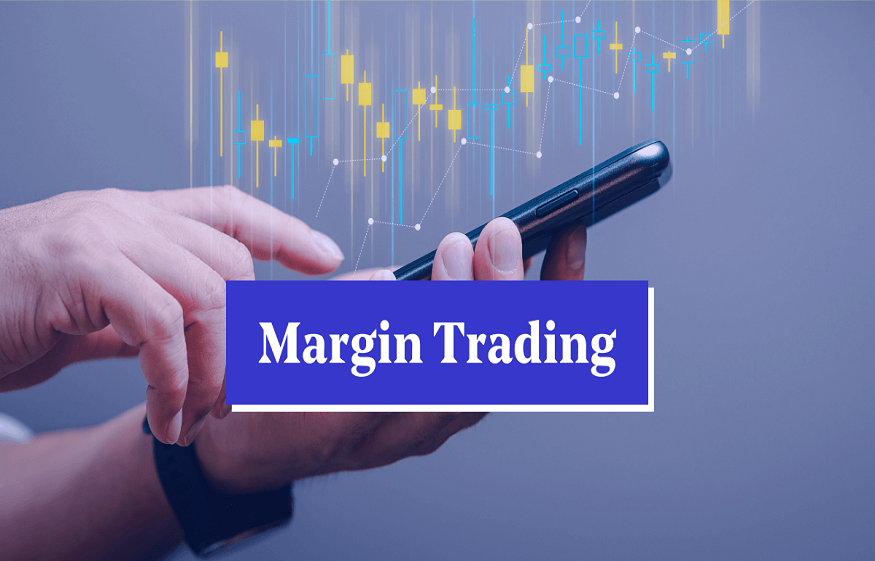Margin trading: risks and opportunities of margin trading
Margin trading is investing with borrowed money. It allows you to buy more financial products such as stocks, options or Futures than with your available budget. Using borrowed money is also referred to as “leveraged trading”, because leverage is applied. The results are multiplied and you have the opportunity to increase your output.
But this leverage exposes you to the risk of considerable losses. When you practice margin trading, your existing portfolio serves as your security deposit. If prices fall, your broker may make a margin call.
This article explains the basics and different elements of margin trading. If you are looking for a broker for leveraged trading , click here .
Margin trading, or leveraged trading or margin trading , is investing with borrowed money . The investor determines the leverage.
How does margin trading work?
Let’s take an example to explain margin trading:
Imagine that you have €10,000 in your account and you buy €15,000 in shares. You therefore need to borrow €5,000 from your broker to buy these shares. You therefore buy €5,000 on margin and pay interest for the
Imagine that you have €10,000 in your account and you buy €15,000 in shares. You therefore need to borrow €5,000 from your broker to buy these shares. You therefore buy €5,000 on margin and pay interest for the amount you borrow. Buying on margin is only possible if you have a margin account . This is because buying stocks with borrowed money is not possible with a cash account.
What are the advantages of margin trading?
The advantage of leveraged trading is that it allows investors to take larger positions. If the investor’s predictions were to be good, then the price is moving in the right direction. Its gains are higher thanks to the leverage that is applied. Certain financial products such as currencies generally have very little volatility. Using margin allows you to achieve high returns . The other side of the coin is that the risks of loss are amplified by leverage.
The risks of margin trading
Margin trading involves different risks.
First of all, using leverage means amplifying results. When the trade is unsuccessful, the investor suffers greater losses.
In the event of a margin call , it is possible to lose more than your initial stake. During a margin call, the investor must pay an additional amount or close part of their portfolio . Because in this case, the leverage has become too important in relation to its own capital. Cash accounts do not work with leverage. The maximum loss is therefore limited to the bet.
Just like borrowing, margin is not free. On the one hand, interest rates weigh on yield. On the other hand, these can be flexible. Therefore, costs may fluctuate. The use of margin can make the portfolio more volatile. This is why it is recommended to carefully monitor the margin in your portfolio, if you use it
How to limit the risks associated with margin trading?
The risks associated with margin trading are numerous, which is why it is important to limit them. The first and simplest is to limit the margin. If the leverage is low then the losses do not directly generate a margin call. Financial products are volatile and too much leverage can result in catastrophic results. Another method is to limit margin risks by using a diversified portfolio. The advantage of a diversified portfolio is that while some products are going up, others are going down. The probability of recording large losses is therefore smaller and the use of leverage is more secure.
Good preparation can be useful in limiting risks. Many investors panic when they experience losses, losses that continue to pile up. By making a plan, you know what to do in the event of sudden price fluctuations. Being willing to take losses is part of this plan. Many investors do not readily agree to take their losses, because it is well known that no one likes to admit when they are wrong.













Post Comment
You must be logged in to post a comment.